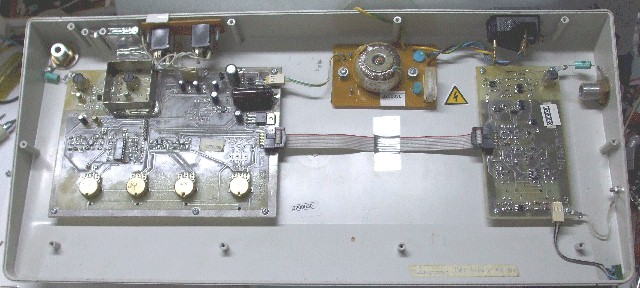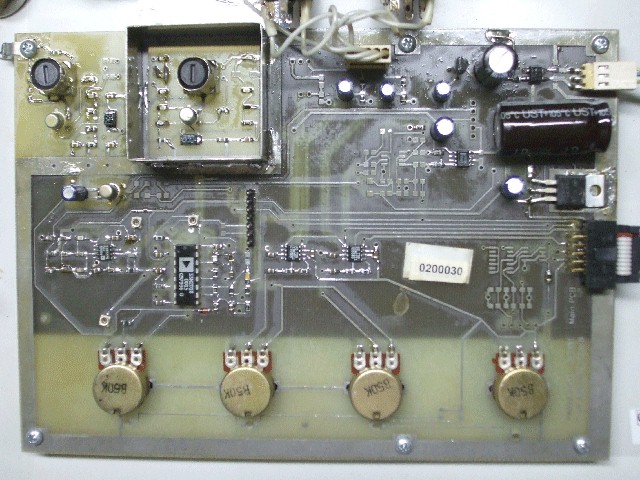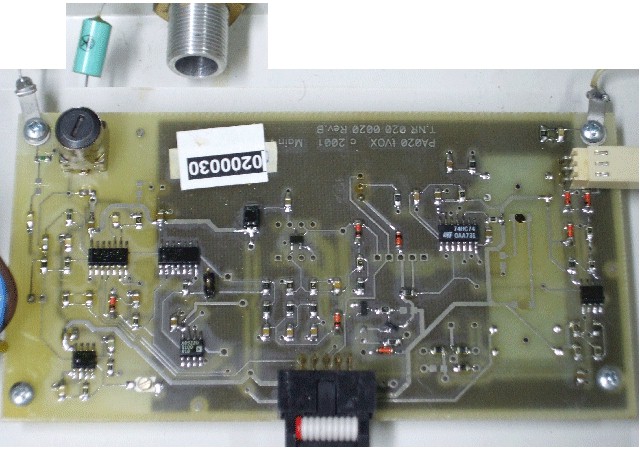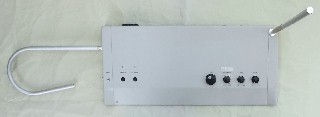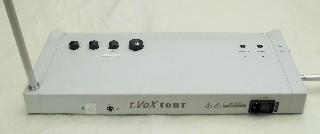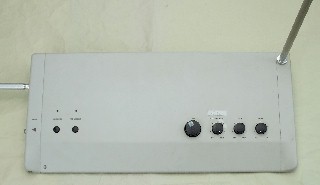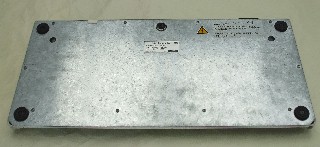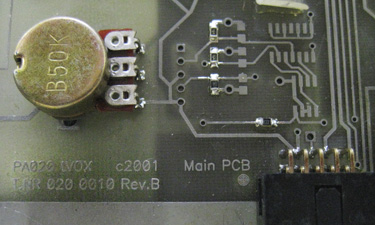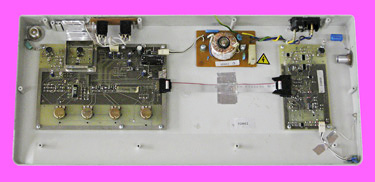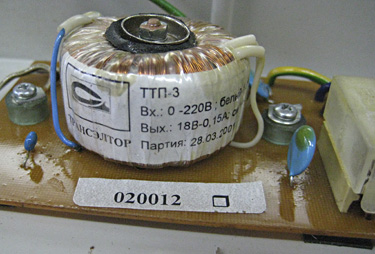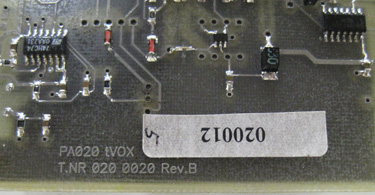This is from hijack started on musical saw thread:
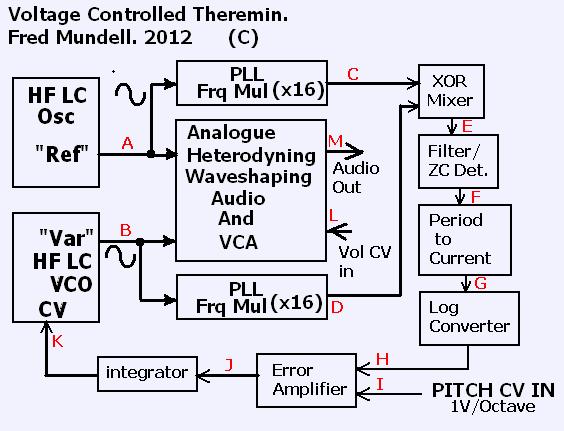
* x16 multiplier is, IMO, the minimum - The bigger the multiplier, the lower any latency, but the higher the multiplied difference frequency (F) and PLL output frequencies (C+D), C+D will depend on HF oscillator frequencies, and these need not be high (say 150kHz minimum).. I used 74HC4046 PLL's with about 12MHz top frequency, but they seem to behave better below about 10MHz, so I ran at ~200kHz with x32 multipliers giving ~ 6.4MHz which works even with the slower 4046 PLL.
The other thing that one needs to keep in mind is the difference frequency, with a x32 multiplier, for an audio difference span of 16Hz to 6kHz one gets 512Hz to 192kHz, and if the (multiplied) difference goes much above 200kHz it starts to become difficult to do the period to current conversion without getting into expensive components.
It should be noted that the A and B signals could be taken from any EW or other theremin oscillators, and fed to PLL's in above manner - the signal from H would then be a 1V/Octave output (one obviously would not need the error amplifier etc, as there would be no CV input... One could, of course, add these and adapt any existing theremin to voltage control if you wanted ;-) which would track right down to 16Hz with low latency (4ms - or 8ms using the EW+ converter which requires two cycles)) - Present CV output from the EW for example cannot track at all below 100Hz and has 5ms latency time even up at 400Hz (10ms @ 200Hz, 20ms @ 100Hz) , wheras the above scheme reduces latency to 1/16th (or 1/ whatever multiplier us used in the PLL's) of whatever period one would measure from the theremins audio.
My plan was to use the above VC Theremin with an independent theremin front-end, this front-end would give a linear voltage output (as in, real linear - not 'scaled' to exponential for music) and one could then attenuate it to whatever one wanted to control the 'span' (how many octaves in the playing field) one wanted, and could add voltages to shift the pitch or whatever, and have multiple voices tracking each other - voices being either other CV theremin modules, or conventional 1V/Octave synths etc.
Personally, I think the 1.2V/Octave standard (Buchla) is better, it gives a tidy 100mV/semitone 1mV/cent and I would include a link option for this. (in fact I used 1.2V/octave when playing with the prototype, just because it was easier to calculate what was going on)
Also, on my prototype I didn't use an XOR or filter or ZC detector, I used a D-Latch.. Dewster showed me that there is a problem with doing this, and that accuracy is impaired - And although I never noticed this problem, he is right! - If I return to the design, I will change to the above .. I did have some problems which may well have been D-Latch related.
The thing is though... The whole complex expensive circuit is really just a VCO (and VCA, but that's irrelevant!) .. Is it really worth the effort to get heterodyning? - I said yes, because I was looking to implement wave-shaping that could only be done at the mixer, and later my additive synthesis engine using this method - and its a damn good way to do that.. But would someone pay say >£200 for a heterodyning VCO?
Fred.
* or 8ms using the EW+ converter which requires two cycles - Please understand that the EW+ converter would not work with such high frequencies, a better converter is needed - I used a dual slope linear integrator, effectively two integrators, so that I could complete each conversion in a single HF cycle
>> Thinking about this.. Might have got the sums wrong! ** I would probably use a digital integrator if I was to build these, could easily get 17 bit resolution, and probably do the log conversion digitally, and get 1cent accuracy over the whole span.. Been looking at the £3 PSoC 4 board as the whole signal path from C to K could likely be done with one of these, making it a possibly realistic venture.. MIGHT even be able to squeeze the PLL's in, or at least the dividers and phase comparators, perhaps with a couple of transistor VCO's off chip.


